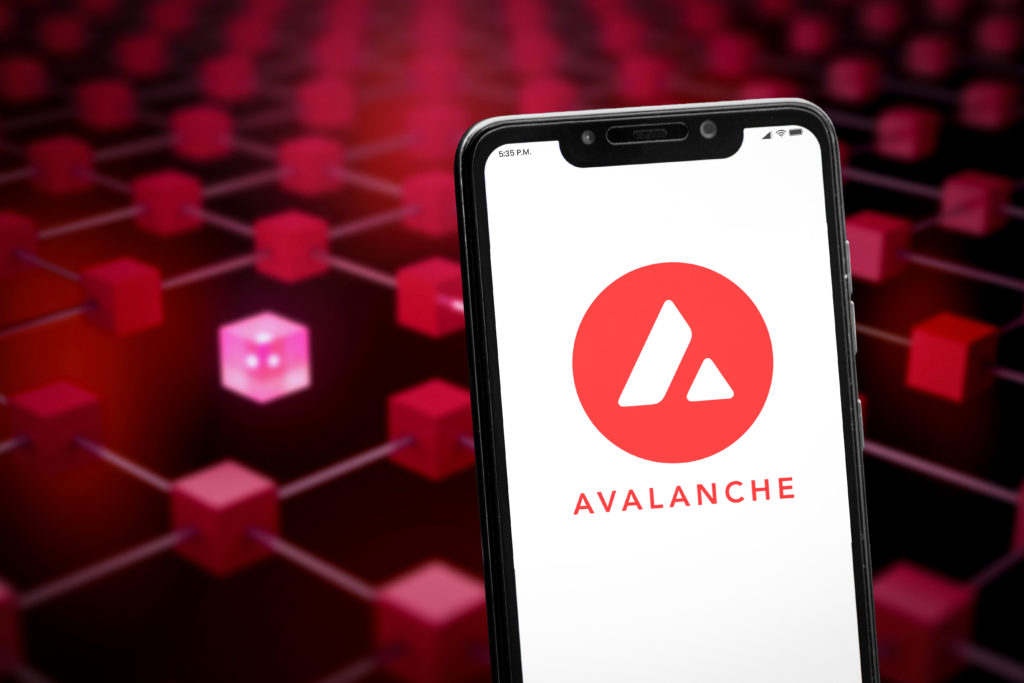
Decentralized finance (DeFi), is a term used to describe the financial technology applications like lending and borrowing on the blockchain. DeFi is a major use-case for the Ethereum, smart-contract focused blockchain. But the problem with Ethereum, according to its critics, its that the transaction speeds are slow and as mentioned previously in our article, “Blockchain 101: MEV – Blockchain’s Got a Gas Problem”, its associated fees have become too steep for average users. Some even call Ethereum, “the blockchain for bankers”.
As a result, a wave of new contenders has emerged on the blockchain hoping to eat Ethereum’s lunch. One such rival is Avalanche, which bills itself as being blindingly-fast, low cost, and eco-friendly.
Avalanche’s development is led by New York-based Ava Labs, and was co-founded by Emin Gün Sirer, a computer science professor at Cornell University, Kevin Sekniqi, a Ph.D. student, and Maofan “Ted” Yin, who wrote the protocol used in Facebook’s ill-fated digital currency project Libra. Basically, the Avalanche team is seasoned and pretty well credentialed.
What is Avalanche?
Avalanche is a blockchain that combines scaling capabilities and quick confirmation times using its Avalanche Consensus Protocol. It can process 4,500 TPS (transactions per second), as opposed to 14 TPS for Ethereum. That is quite a difference!
It is no wonder that Avalanche’s native token, AVAX, is the 10th-largest with a market cap of $22 billion as of this writing in April 2022, according to data from CoinMarketCap.
Avalanche came onto the scene in September 2020 and has risen to become one of the largest blockchains. It now has over $10.6 billion of total value locked in its protocol, according to DefiLlama, making it the fourth-largest DeFi blockchain after Terra and the Binance SmartChain. Avalanche’s DeFi ecosystem contains some of Ethereum’s protocols such as lending protocol Aave and decentralized exchange protocol SushiSwap. Avalanche’s main decentralized exchange is called Trader Joe, providing billions of dollars in liquidity pools. And Benqi, supports $1.3 billion in smart contracts, with its lending platform that is similar in functionality to Aave.
But Avalanche’s use is not limited to just DeFi. Indeed, Ava Labs also supports metaverse investments in the network where fast and cheap is well suited to blockchain gaming and virtual worlds.
How Does it Work?
The Avalanche Consensus Protocol combines the benefits of two other sets of consensus protocols known as Classical and Nakamoto.
Classical protocols: These are fast, green and low-maintenance, but aren’t typically decentralized or scalable. HotStuff, a Classical protocol, was famously used in Meta Platforms’ (formerly Facebook) stablecoin project, Diem (formerly Libra).
Nakamoto protocols: A breakthrough technology by Bitcoin’s pseudonymous inventor Satoshi Nakamoto, this kind of protocol offers decentralized, robust and scalable blockchains – as is the case with Bitcoin. But the network is costly to run, and transactions are not as swift.
Avalanche is built across three chains: the C Chain, X Chain, and P Chain, which stands for Contract, Exchange, and Platform.
The AVAX Token
AVAX, the native token for Avalanche, is known as “red coin” by its users. Its supply is capped at 720 million tokens. Similar to Ethereum, Avalanche users pay transaction fees on the network, based on Ethereum’s gas fee model. But whereas Ethereum’s gas fees are only partially burned and paid to miners, Avalanche’s fee is entirely burned.
AVAX is also used in staking, a process that involves pledging crypto to participate in the validation process and help secure the blockchain. Avalanche is a proof-of-stake network, the economic resource required to validate is not performed by running powerful computers, but locking up crypto assets. Users can run validator nodes and receive AVAX rewards for doing so.
In order to use the Avalanche network and its DeFi protocols, you will need to buy AVAX on a centralized crypto exchange like Binance, Kraken, or Coinbase.
Avalanche is just one of many potential “Ethereum” killers on a list that also includes: Solana, Cardano, Tezos and Polkadot. While among smart contract blockchains, Ethereum still remains at the heart of Web 3.0, Avalanche and these other protocols are giving it a run for its money as the infrastructure of the future!
